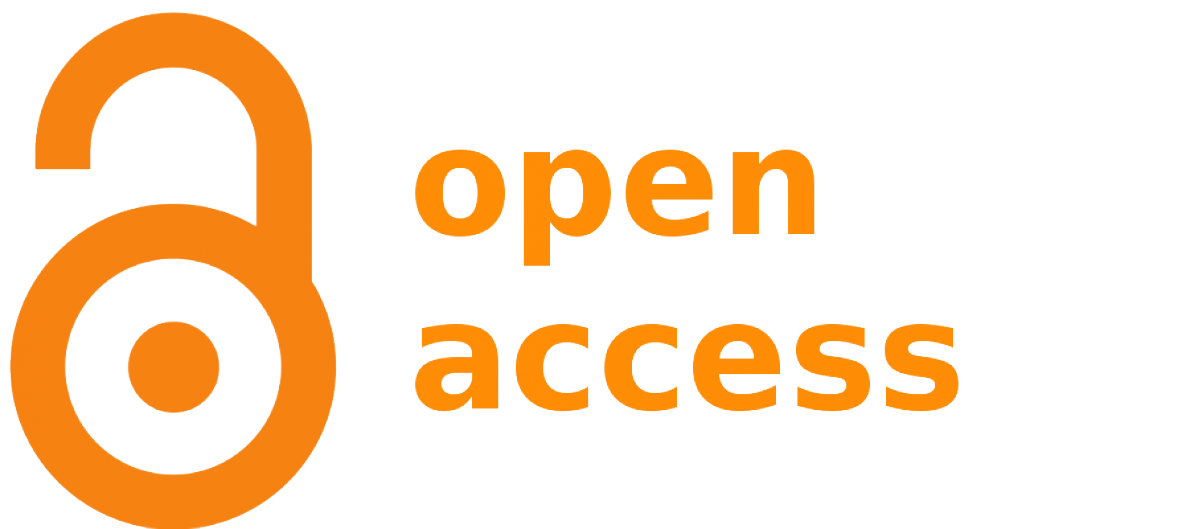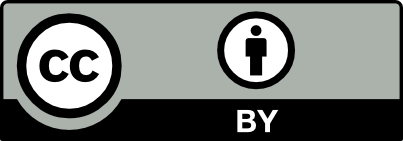Publication Date
4-8-2022
DOI
10.31986issn.2578.3343_vol3iss1.4
First Page
137
Last Page
148
Abstract
Abstract
Introduction: Diazoxide is the first-line treatment used to manage infants and children with hypoglycemia secondary to hyperinsulinemic hypoglycemia (HH), after initial stabilization of blood glucose. Recent changes in Pediatric Endocrine Society guidelines regarding definition of, and screening for hypoglycemia in the neonate led to an increase in the number of infants treated with diazoxide. Previous studies have noted various side effects of diazoxide. With the increased use of this drug in neonates, our aim is to further evaluate these side effects.
Methods: We performed a retrospective case control analysis of all neonates admitted to a tertiary care center in New Jersey who were treated with diazoxide for hypoglycemia after a confirmed diagnosis of HH between 1/1/2015 and 9/1/2019. All subjects were younger than 6 months of age at treatment initiation with diazoxide. We collected data regarding general patient characteristics, diuretic dosing, findings on echocardiogram, blood counts, episodes of emesis, and quantity of feeds at time points before and after diazoxide initiation.
Results: A total of 25 infants (64% males) met inclusion criteria and were included in the analysis. Based on echocardiogram results, one baby (4%) had pulmonary hypertension (PHTN) prior to initiation of diazoxide, and 20% after, with 5 cases (20%) of reopening of the ductus arteriosus (DA). Nine patients (36%) required a diuretic dose increase after diazoxide initiation. There was increased feeding intolerance with increased number of emesis events after diazoxide initiation (p=0.006). A week after initiation of diazoxide, there was no improvement in the percent of total oral intake as would typically be expected.
Conclusion: New onset PHTN and re-opening of the DA were associated with initiation of diazoxide treatment. Significant increase in emesis after diazoxide initiation suggests that infants may be experiencing feeding difficulties associated with this medication. Larger studies are needed to further evaluate the extent and frequencies of these side effects.
Recommended Citation
Begun MD, Zoe; Graber DO, Evan; Hunter PhD, Krystal; and Kushnir MD, Alla
(2022)
"Adverse Effects Associated with Diazoxide Use in Neonates,"
Cooper Rowan Medical Journal: Vol. 3:
Iss.
1, Article 5.
DOI: 10.31986issn.2578.3343_vol3iss1.4
Available at:
https://rdw.rowan.edu/crjcsm/vol3/iss1/5
Creative Commons License

This work is licensed under a Creative Commons Attribution 4.0 License.









